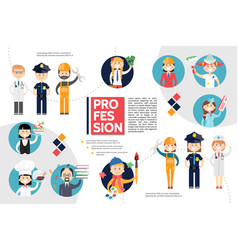Seasonal Considerations For Commercial Outside Painting: What You Need To Know
Seasonal Considerations For Commercial Outside Painting: What You Need To Know
Blog Article
Composed By-Leach Browne
When you're intending an industrial external painting task, seasonal factors can make or break your results. You'll wish to consider just how temperature level and moisture influence paint application and drying out times. Choosing the appropriate period can guarantee your paint sticks effectively and lasts much longer. But which seasons are genuinely the best for this kind of work? Allow's discover the key elements that can influence your job's success.
The Effect of Temperature on Paint Application
When you're preparing a business outside painting job, the temperature can substantially affect exactly how well the paint sticks and dries.
Preferably, you intend to paint when temperatures vary between 50 ° F and 85 ° F. If it's too cool, the paint might not cure properly, bring about issues like peeling or fracturing.
On the other side, if it's also hot, the paint can dry out as well quickly, protecting against proper attachment and causing an unequal surface.
You ought to also consider the time of day; morning or late afternoon offers cooler temperature levels, which can be more positive.
Always check the maker's referrals for the specific paint you're making use of, as they frequently supply assistance on the ideal temperature level variety for optimum results.
Moisture and Its Impact on Drying Times
Temperature isn't the only ecological factor that affects your business outside paint job; moisture plays a significant function as well. High moisture levels can decrease drying times dramatically, impacting the total top quality of your paint job.
When the air is filled with dampness, the paint takes longer to treat, which can lead to concerns like bad bond and a greater danger of mildew growth. If you're painting on a particularly moist day, be prepared for extensive wait times in between coats.
It's crucial to check neighborhood weather conditions and strategy as necessary. Ideally, aim for moisture levels in between 40% and 70% for ideal drying.
Keeping these consider mind ensures your job remains on track and supplies an enduring finish.
Best Seasons for Commercial Outside Paint Projects
What's the best time of year for your industrial external painting projects?
Spring and early autumn are typically your best choices. During these seasons, temperature levels are light, and moisture levels are typically lower, creating optimal problems for paint application and drying out.
Avoid summertime's intense heat, which can trigger paint to completely dry too promptly, resulting in bad adhesion and surface. Likewise, winter's chilly temperature levels can prevent appropriate drying and treating, risking the longevity of your paint job.
Go for visit the up coming site with temperatures in between 50 ° F and 85 ° F for optimal results. Bear in mind to check the regional weather prediction for rain, as wet conditions can destroy your project.
Planning around these factors ensures your painting task runs smoothly and lasts much longer.
Final thought
To conclude, preparing your industrial external paint tasks around seasonal factors to consider can make a substantial distinction in the result. By scheduling job throughout the suitable temperature levels and moisture levels, you'll guarantee better adhesion and drying times. Keep in simply click the following site to watch on neighborhood weather report and select the correct time of year-- springtime and very early autumn are your best options. Taking these steps will assist you achieve a resilient and expert surface that lasts.
